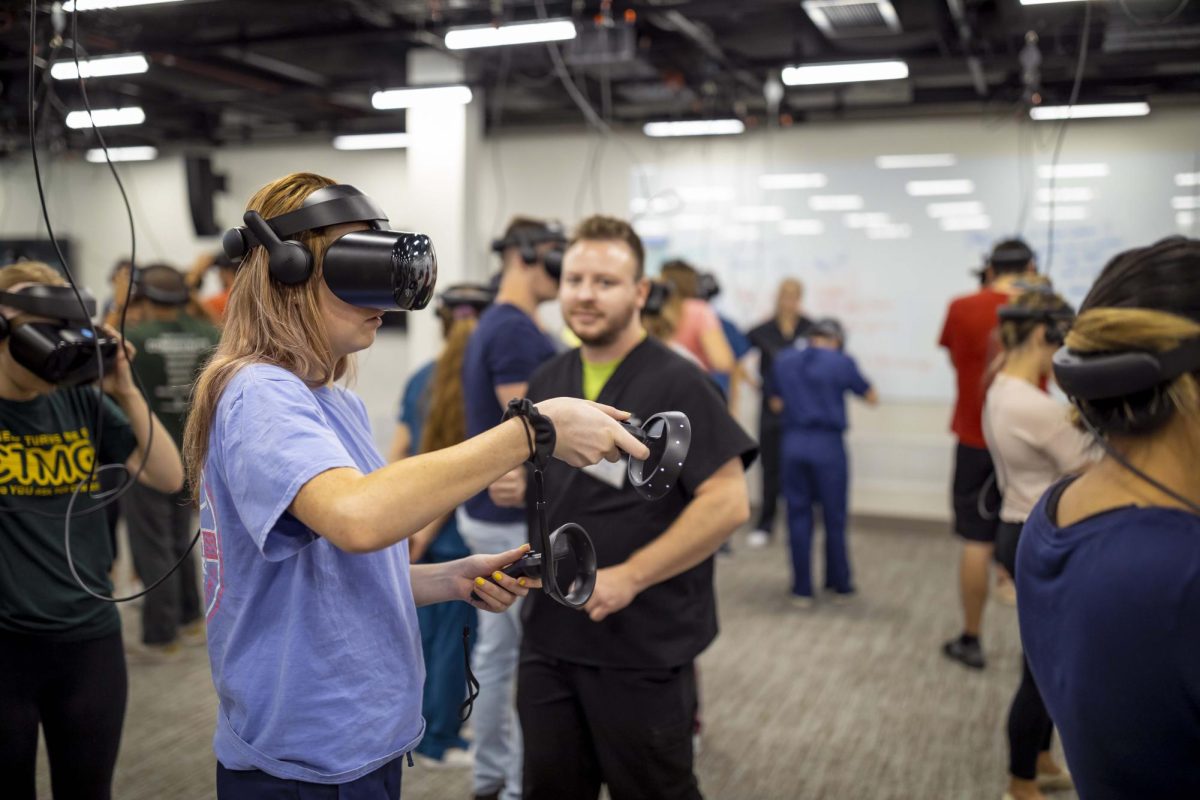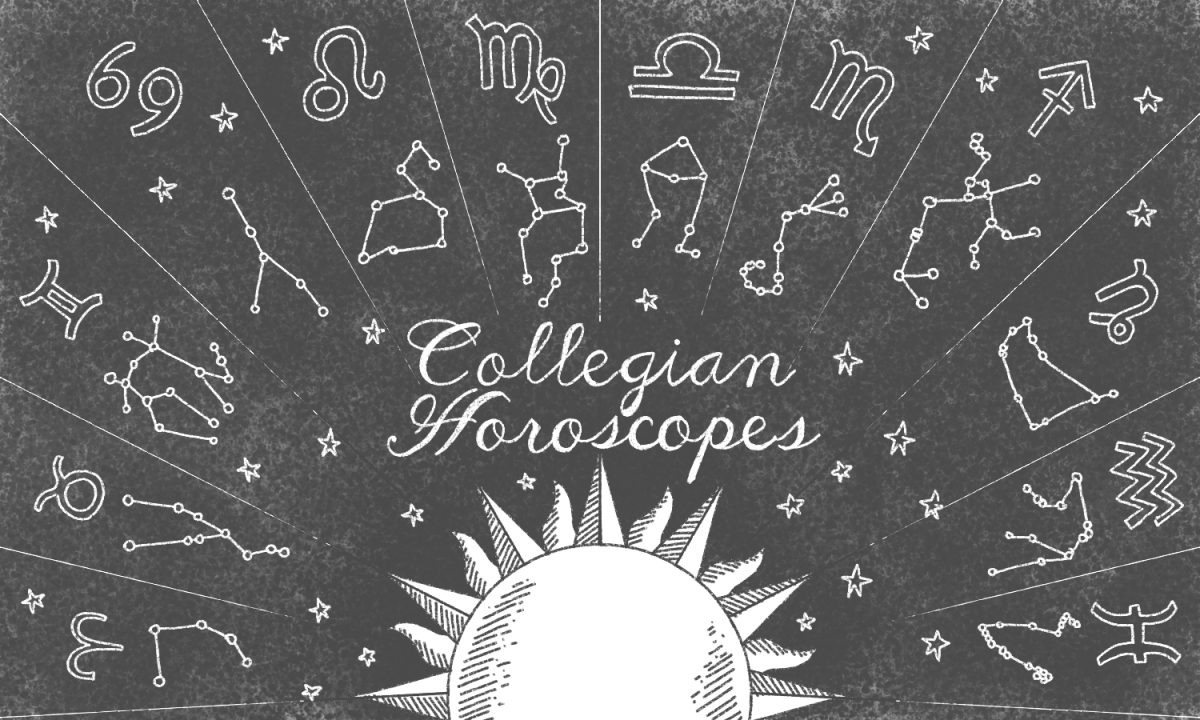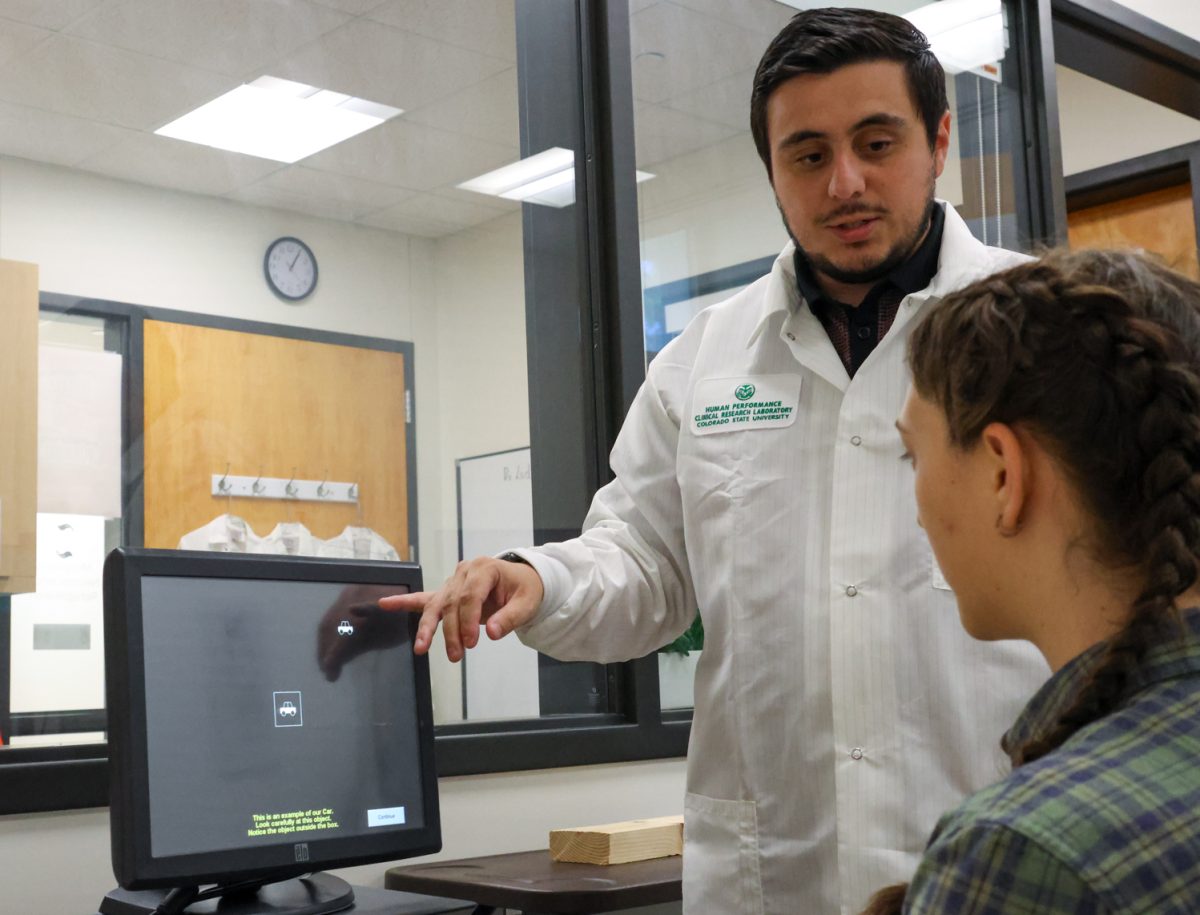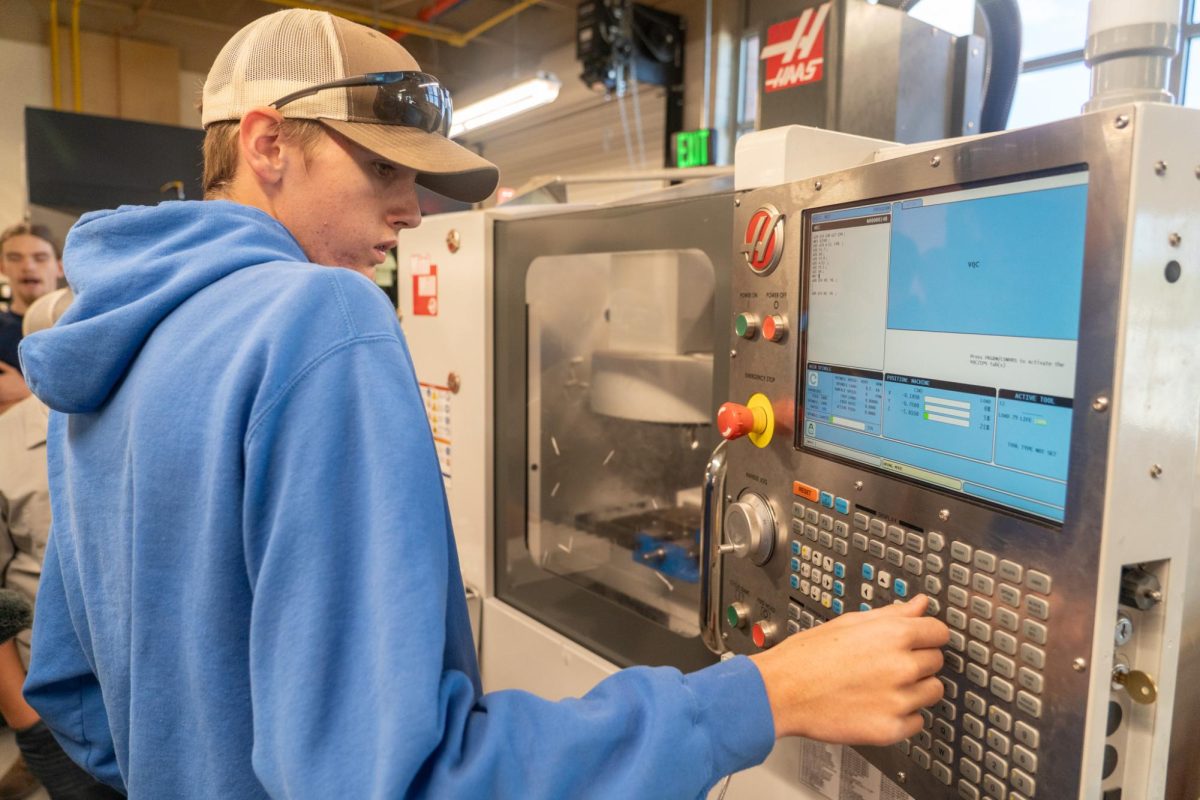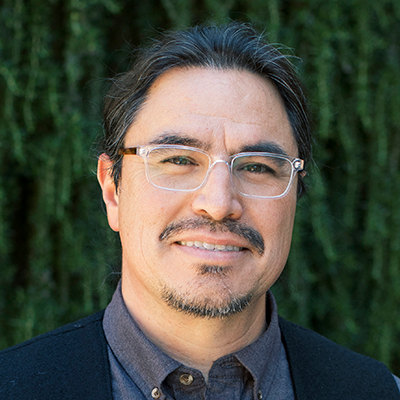Colorado State University is renowned for its cutting-edge research in veterinary medicine as well as its highly regarded chemistry department. Now, CSU is also making a name for itself in the field of anatomy and physiology.
With technology advancing, the benefits of using virtual reality technology in the classroom are far-reaching. Virtual reality is a better way to teach spatial arrangement in anatomy.
Tod Clapp, an associate professor for the college of veterinary medicine and biomedical sciences, has been working with the idea of virtual reality as an educational tool since 2017.
“This is the biggest deployment of VR technology in education in the country.” -Tod Clapp, veterinary medicine and biomedical sciences associate professor
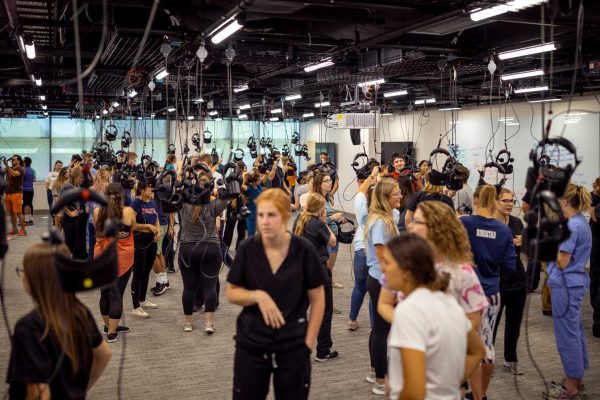
“We interact with our world in three dimensions, so we know shapes in three dimensions,” Clapp said. “(We’re) putting it into a more intuitive form for understanding.”
CSU was the first to have the revolutionary virtual reality used en masse for the educational benefit of undergraduate students, Clapp said. That is because the technology was actually created at CSU.
“One of the keys with (the) VR — we built everything in house,” Clapp said. “It’s CSU grown.”
The virtual reality technology used in several different CSU classes — including Human Gross Anatomy and Advanced Human Gross Anatomy — was pioneered at CSU.
“This is the biggest deployment of VR technology in education in the country,” Clapp said.

Clapp said CSU has made many deals with other universities to bring the virtual reality technology to their own programs. The technology is even in use at medical schools such as the University of Colorado Anschutz Medical Campus and Rocky Vista University College of Osteopathic Medicine in Colorado.
Clapp also said they are in the final stages of signing a contract with Yale University to bring the technology out to the Yale School of Medicine. This CSU-made technology has even been in use by medical professionals in other countries such as Australia, Japan and South Korea.
CSU students are able to use the same technology that’s used by medical students and professionals during their undergraduate years.
“I think it’s really cool we got to see (the human body) from a different medium (with virtual reality),” said Veronica Neujahr, a CSU senior who took Human Gross Anatomy in the fall 2023 semester. “I don’t think I would’ve seen that if I wasn’t here.”
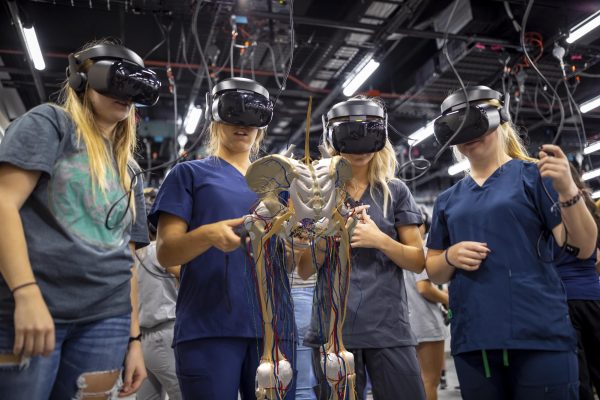
Clapp said students enjoy being able to use the virtual reality technology and actually report the class being more engaging.
“The whole goal is to get students to run further and faster,” Clapp said.
With this groundbreaking virtual reality technology, CSU has made an impact on the medical community around the world and provided its students with a unique advantage.
“This is an opportunity for CSU to lead,” Clapp said. “We know (the use of virtual reality technology) is coming at the next level.”
Reach Hana Pavelko at science@collegian.com or on Twitter at @CSUCollegian.



